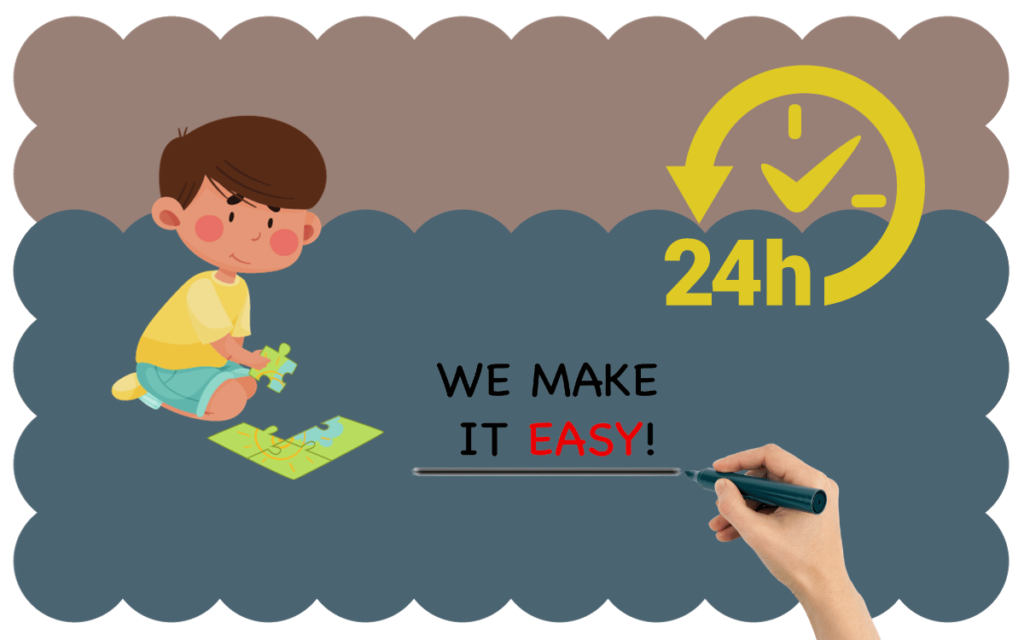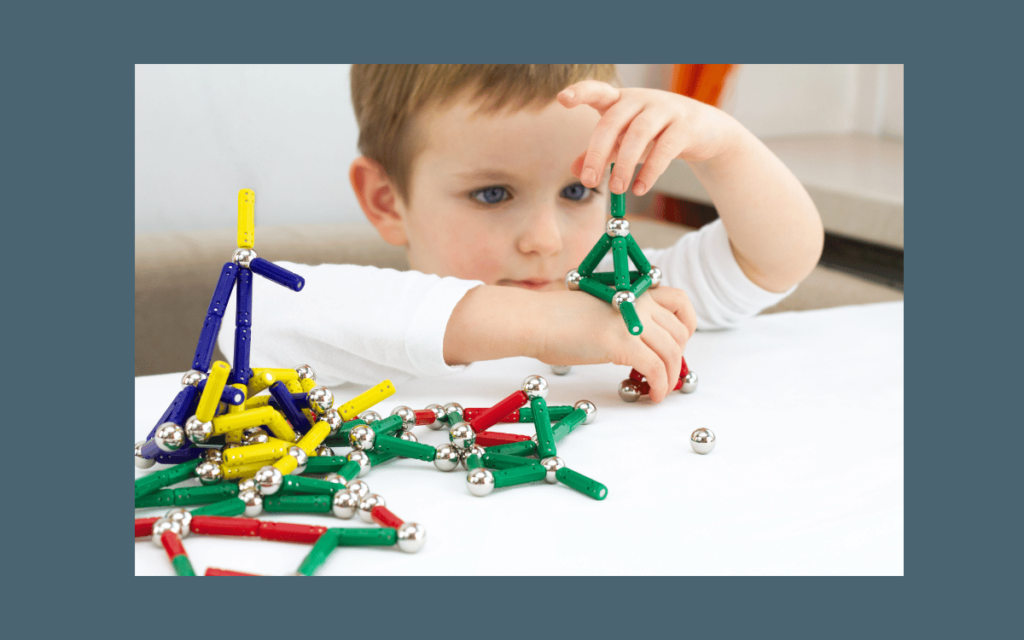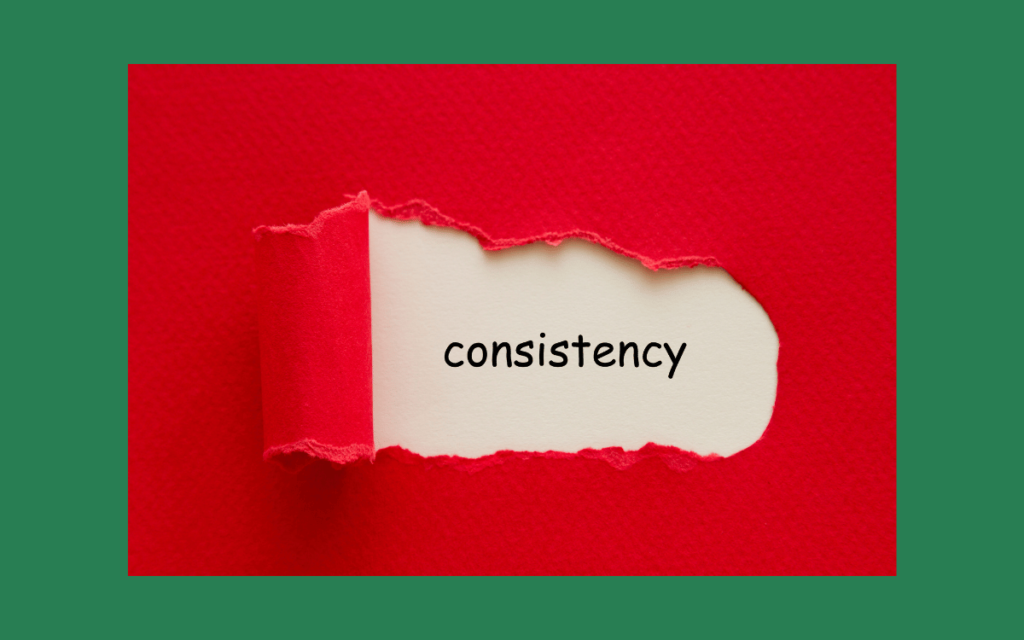Brain Development for Kids: Easy Activities for Every 24 Hours

Have you ever wondered how a child’s brain grows?
It’s a vibrant dance of neural connections where every sight, sound, and touch fuels the brain’s intricate wiring. This journey of brain development for kids is not just astounding. It’s pivotal. With each day presenting a new canvas, how we fill it can significantly promote child brain development itself.
Why Daily Activities Matter
But why do these daily activities matter so much? Can simple tasks like mixing food coloring or exploring the natural world enhance a child’s development?
The answer lies in the seemingly small but mighty brain connections strengthened through everyday play and learning. Whether it’s a guessing game that challenges a child learn their problem-solving skills or a sensory-rich mealtime fun, each activity is a stepping stone to greater cognitive abilities and emotional self-control.
As parents and caregivers, understanding the power of these easy, daily interactions with our children and how they can teach, engage, and encourage is essential.
Let’s explore the journey together and discover how fun activities, love, and learning can make a difference in our children’s lives.
Early Brain Development for Kids

A child or baby’s brain is a bustling growth hub in the first years of life. It’s a critical period where the foundations for thinking, language, and problem-solving are laid down.
The Science of Growing Brains
A child’s brain is a marvel, developing rapidly beginning in the early years. It’s during this time that activities promoting brain connections are crucial. Simple, playful interactions are the key, as they help form the synapses supporting learning and development throughout life.
Nurturing Your Child’s Cognitive Skills
Nurturing a child’s cognitive skills can be as simple as engaging your toddler in daily activities that spark curiosity and encourage exploration. From pretend play to problem-solving games, these moments are the building blocks for a child’s future learning abilities.
Sensory Play for Cognitive Growth
Sensory play isn’t just delightful—it’s a critical part of brain development for kids. It engages the brain, creating pathways that are the foundation of complex learning tasks.
Touch, Taste, and Smell: Learning Through the Five Senses
Every texture, taste, and aroma is a new lesson for a child. By playing with food coloring, exploring the natural world, or feeling different materials, kids strengthen their brain connections, making sense of the world around them.
Screen Time vs. Sensory Play
Sensory play brings us back to the basics in a world of omnipresent screen time. It’s hands-on and engages children in a way screens can’t, promoting problem-solving skills and impulse control through real interactions.
Motor Skills and Brain Connections

Developing motor skills is about more than just learning to catch a ball or jump. It’s about developing the brain, making connections and supporting academic and physical activities as children grow.
Hand-Eye Coordination Games
Hand-eye coordination is fundamental in a child’s early years. Through play that encourages kids to match, catch, or stack, we’re not just entertaining them—we’re helping their brains develop the coordination they’ll need in all walks of life.
Building Blocks of Motor Skills
Simple activities like building with blocks or drawing shapes are more than just fun; they’re essential exercises in developing motor skills, laying the groundwork for everything from writing to sports.
Encouraging Problem-Solving Early On

Fostering problem-solving skills from a young age sets children up for success in all life’s arenas. It’s about turning everyday moments into rich, educational experiences.
Simple Puzzles for Young Minds
Introducing simple puzzles and patterns to young minds isn’t just play; it’s a way to develop critical thinking. As kids figure out where each piece fits, they’re not just solving a puzzle but learning how to tackle challenges.
Everyday Activities to Challenge Thinking
The challenge doesn’t have to come from a textbook. It can be found in a guessing game or a building task with blocks at home. These activities encourage kids to think creatively, developing problem-solving skills to serve them for life.
The Power of Pretend Play
Pretend play is the stage where children are the stars, directors, and scriptwriters. It’s where they learn to navigate the world through imagination.
Role-Playing and Brain Development
Role-playing is where kids wear different hats, from chefs to superheroes, fostering cognitive flexibility and brain development. Each new role is a little one, a lesson in life and learning.
Imaginative Play and Emotional Intelligence
Children explore emotions and scenarios through imaginative play, which is key to developing emotional intelligence. It’s a safe space where they can understand and manage emotions, a vital aspect of their development.
Learning Through the Natural World

Exploring the outdoors is not just about play; it’s a fundamental way to enhance a child’s spatial awareness and connect them to the vast world.
Outdoor Adventures for Spatial Awareness
Taking kids on outdoor adventures may seem simple, but it’s a powerful tool for developing spatial awareness. Navigating the uneven terrain of a forest or the slopes of a playground fortifies their understanding of the world and their place within it.
Connecting with Nature at Home
Nature isn’t always a distant retreat; it can be as close as your backyard or the local park. Activities like gardening or observing animals encourage adults and children to form connections with the natural world, fostering a sense of wonder and curiosity.
Fostering Creativity in Daily Routines
Creativity is not a special occasion event; it’s a daily practice. Integrating arts and music into routine activities can turn the mundane into a canvas for imagination.
Arts, Crafts, and Brain Growth
Incorporating arts and crafts into daily life is more than making a mess; it’s about allowing children to express themselves and stimulate brain growth. With every scribble and glue stick smear, children are learning to create and solve problems.
Music and Movement for Creative Learning
Music and movement are about rhythm and expression, essential components of creative learning. They’re not just activities but experiences that resonate with children, teaching them pattern recognition and the joy of creative expression.
Discipline and Development

Discipline is the bridge between goals and accomplishment, especially in childhood development. It’s the structured framework within which freedom and learning flourish.
Games to Teach Self-Control
Self-control can be taught through games that require taking turns or following rules. Each game teaches patience and restraint, crucial skills for personal growth and social interactions.
Consistency and Routine for Emotional Development
Consistent routines are comforting in the chaos of growth, providing a rhythm to daily life. They’re the backbone of emotional development, setting expectations, and building trust.
Language and Communication Skills
Communication is the heart of human connection, and language is its pulse. Early development of these skills is key to understanding and being understood in the world.
Storytelling and Vocabulary Building
Storytelling isn’t just for entertainment; it’s a vessel for vocabulary building. Each new story introduces words and ideas, expanding a child’s language and understanding of the world.
Fun with Letters and Sounds
Playing with letters and sounds is more than preliminary reading; it’s the discovery of language. Through fun and interaction, children learn the building blocks of communication, setting the stage for literacy and connection.
Supporting Parents in Child Development

Parental involvement is a cornerstone of effective child development. It’s about guiding and being part of your child through the learning journey, fostering growth every step of the way.
Activities for Parent-Child Bonding
Bonding activities are the secret sauce to a child’s developmental success. They transform routine play into moments of connection, teaching through the power of presence. Whether reading a story together or exploring the park, these shared experiences are where bonds are strengthened, and learning is amplified.
Educating Parents to Engage Kids
Equipping parents with the knowledge to engage their children is crucial. Parents who understand play’s ‘why’ and ‘how’ turn everyday moments into rich developmental opportunities. It’s not just about keeping kids occupied; it’s about being intentional with activities that promote brain development, creativity, and problem-solving skills.
Summary
Every laugh, every question, and every little discovery your child makes is something to celebrate. These aren’t just cute moments, they’re the steps your child takes as they learn and grow. Think of it like a photo album; each picture tells a story of progress, from stacking blocks to saying a new word.
And all of this adds up, preparing them for the big, wide world they’re growing into. So let’s give a high-five for the small things because they’re the big things in disguise.
Frequently Asked Questions
What are brain exercises?
- Activities that challenge and stimulate cognitive functions include puzzles and learning new skills.
What can you do for a child’s brain development?
- Offer interactive and varied play, read often, encourage creativity, and provide diverse, enriching experiences.
What are brain-smart activities?
- Tasks that enhance cognitive skills, like chess, puzzles, and educational games.
What are three ways exercise helps the brain?
- Improves circulation and brain health.
- Reduces stress, enhancing clarity and focus.
- Stimulates the growth of new neural pathways, aiding learning and memory.
How can I improve my child’s memory?
- Use fun repetition, employ mnemonic devices, break information into chunks, and ensure proper rest and nutrition.


